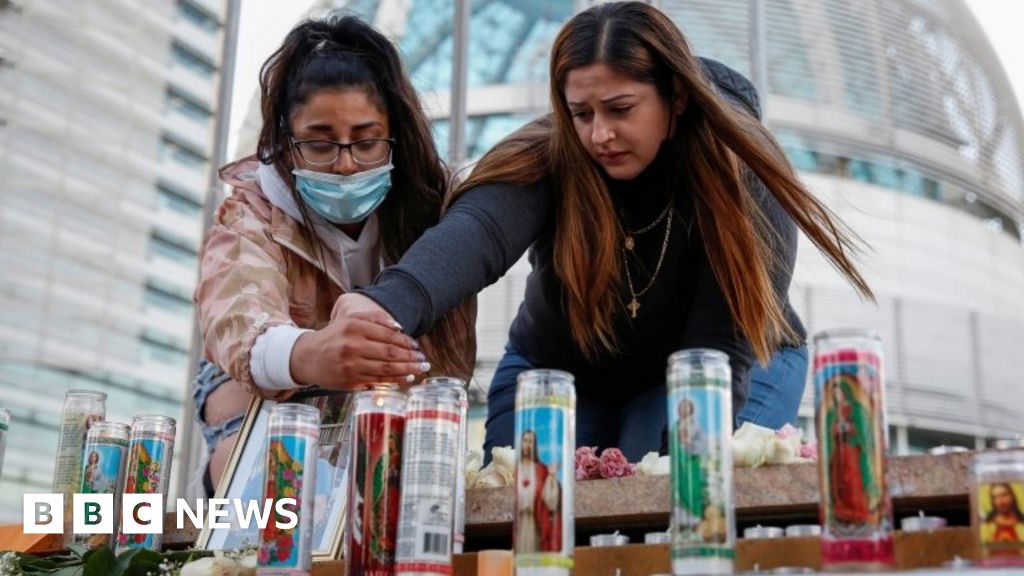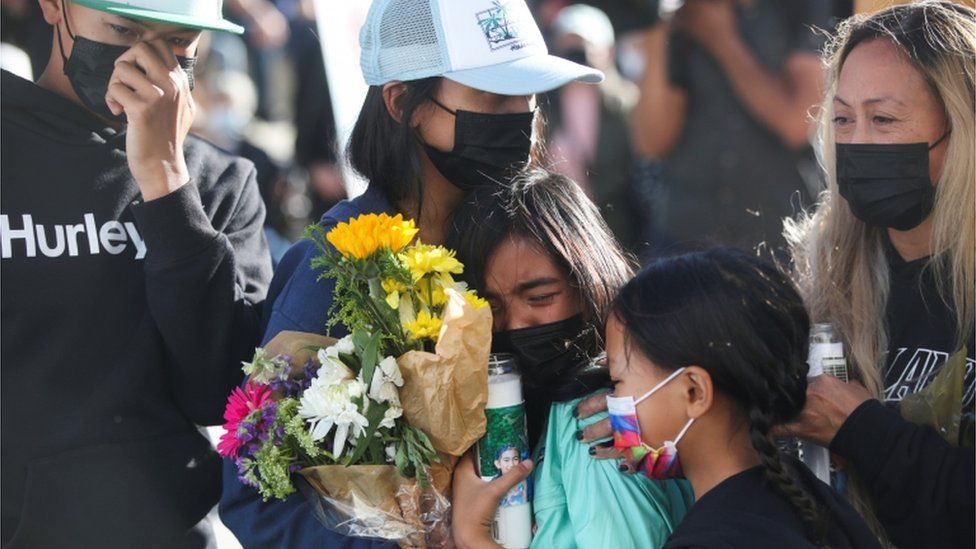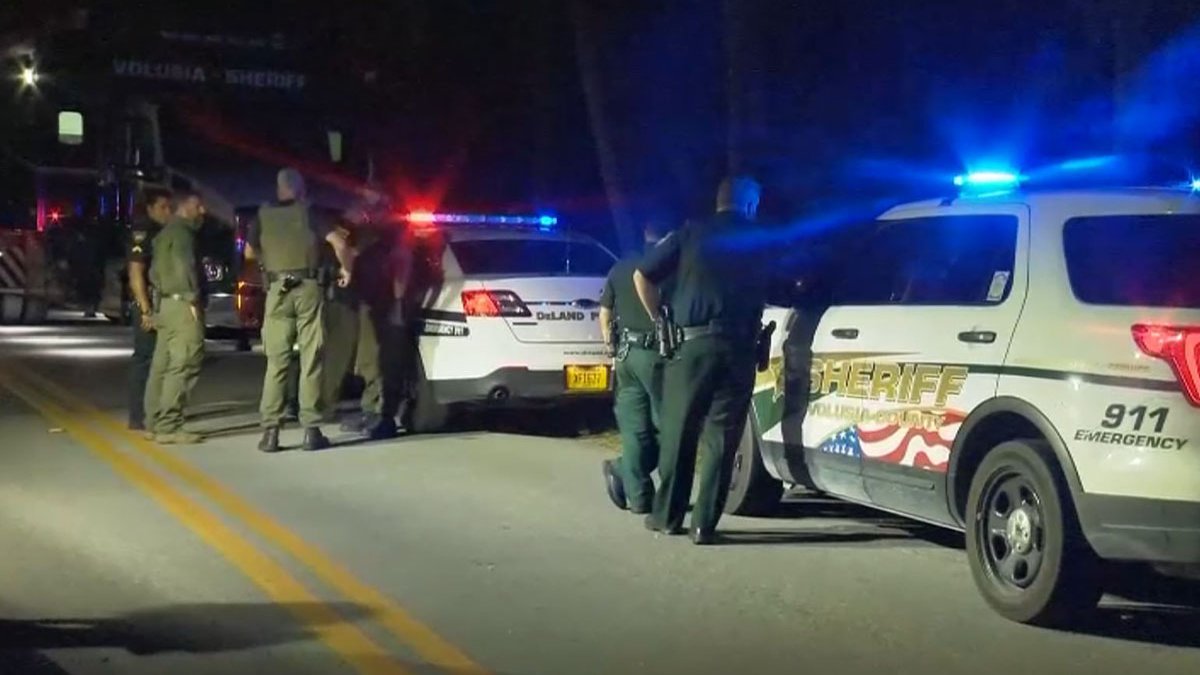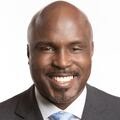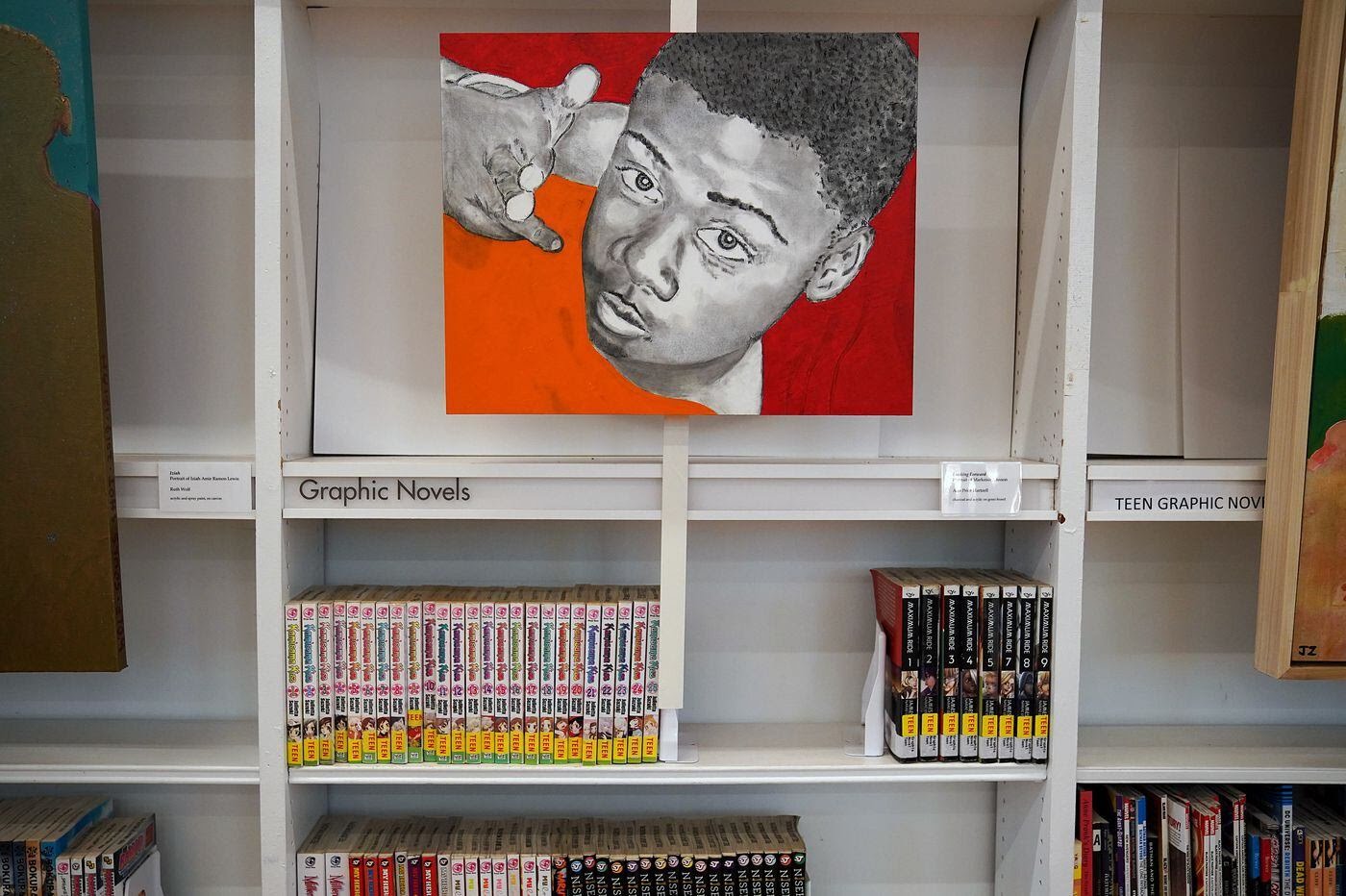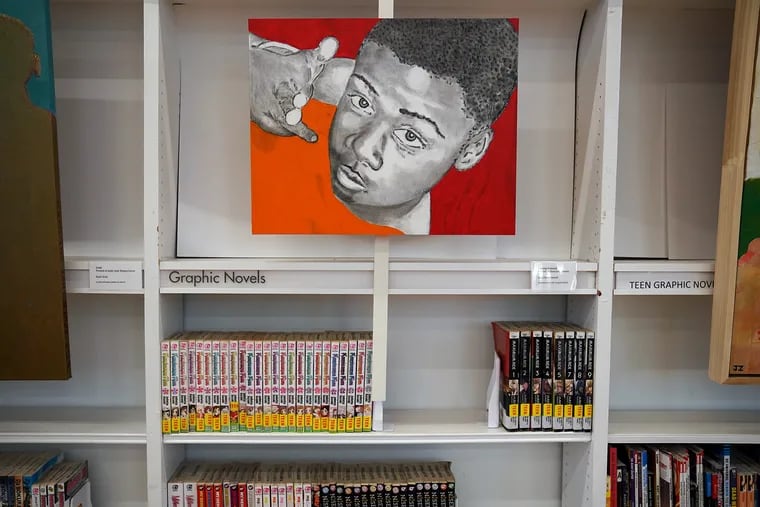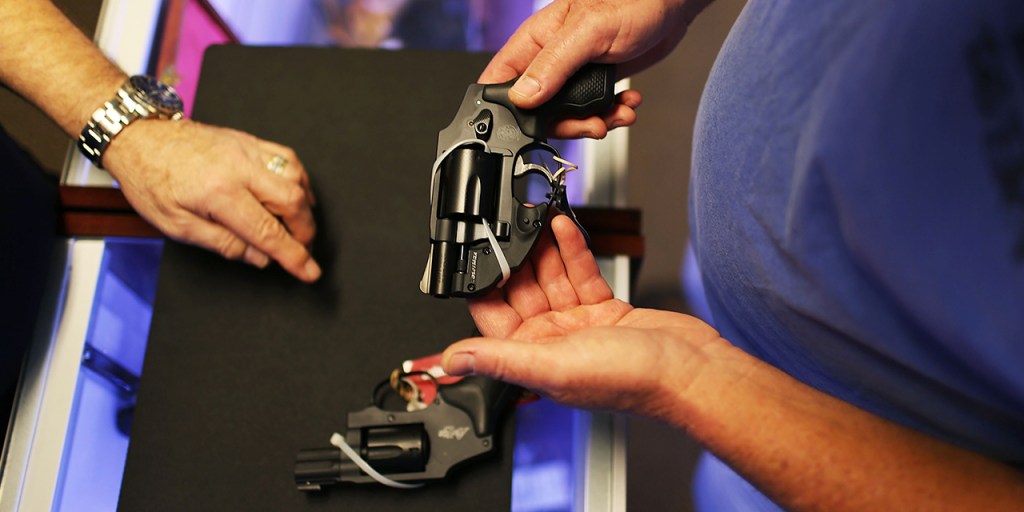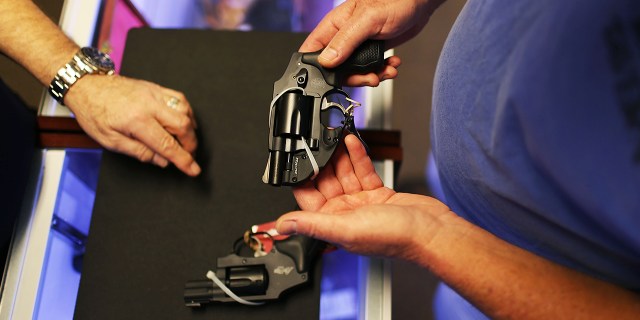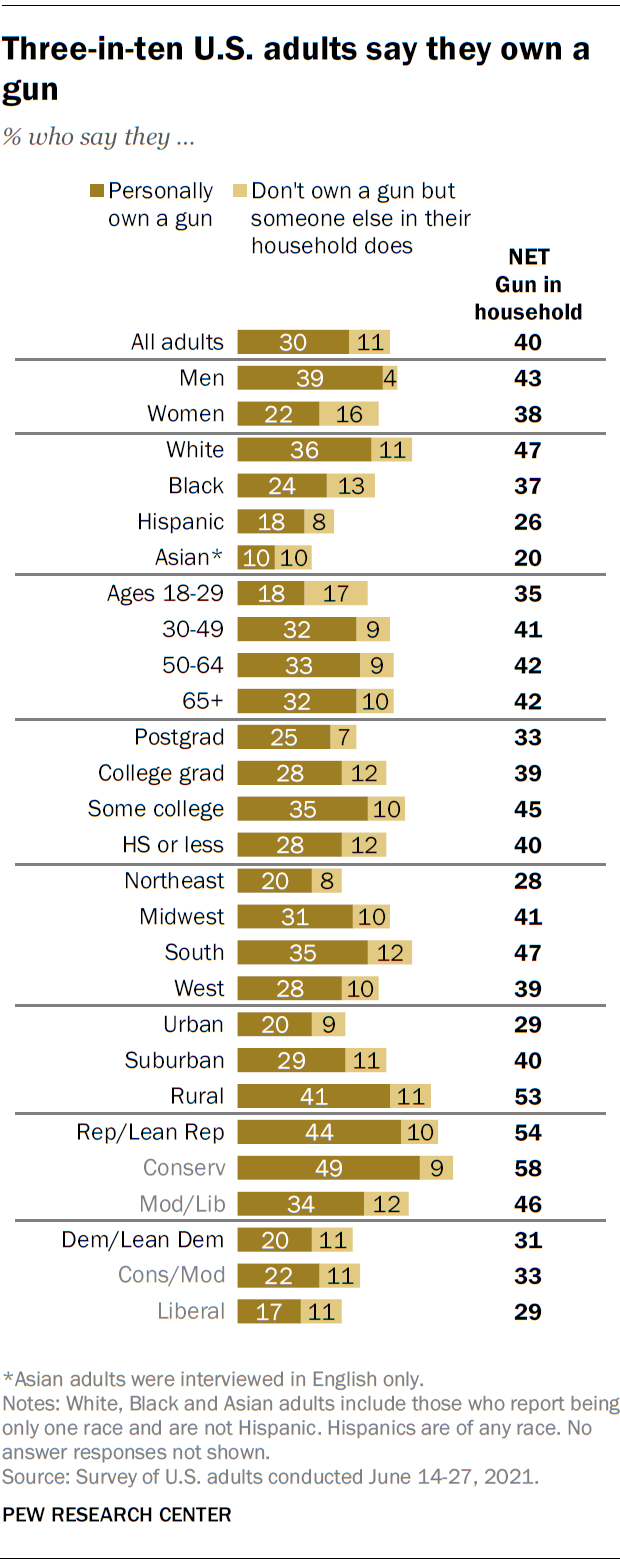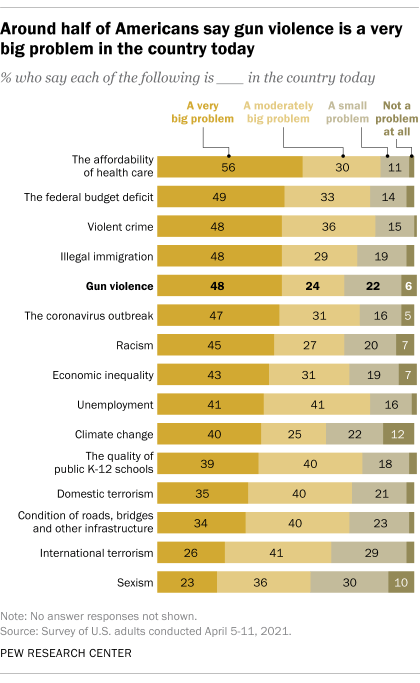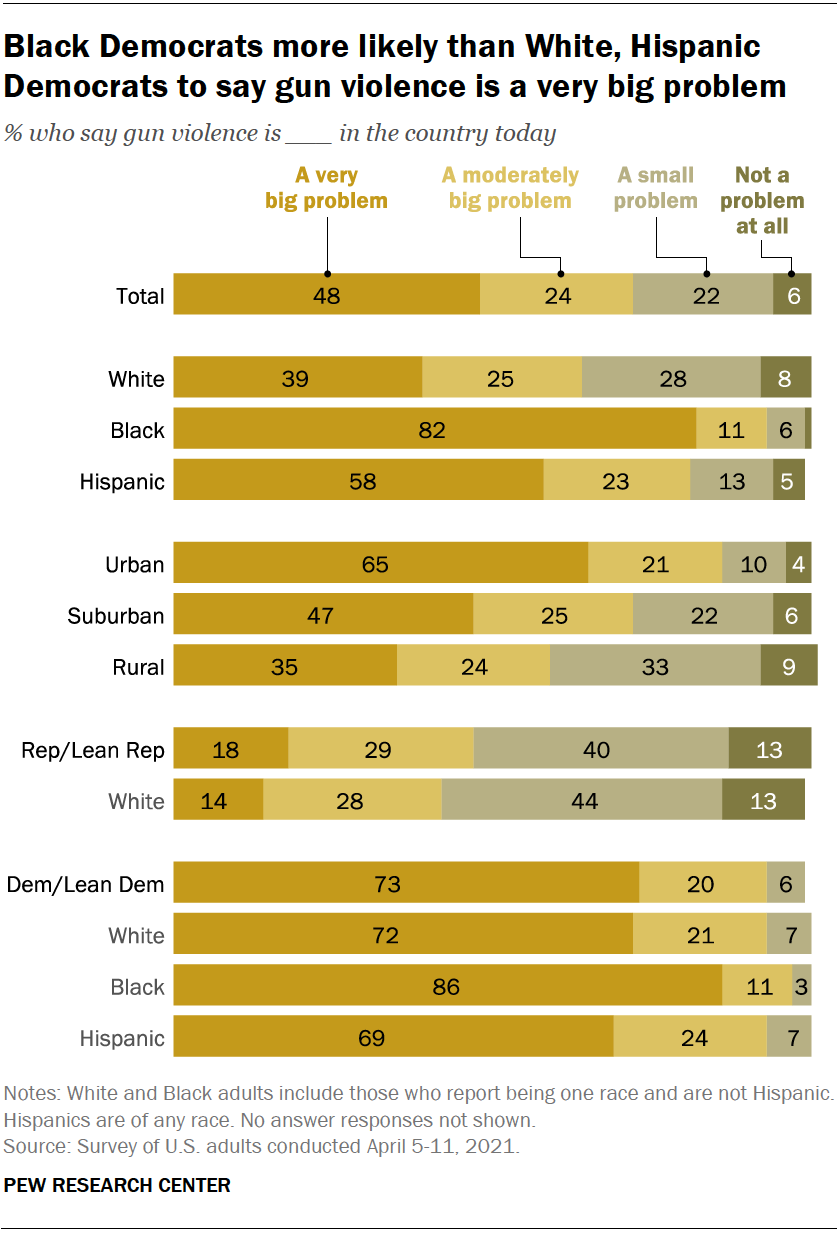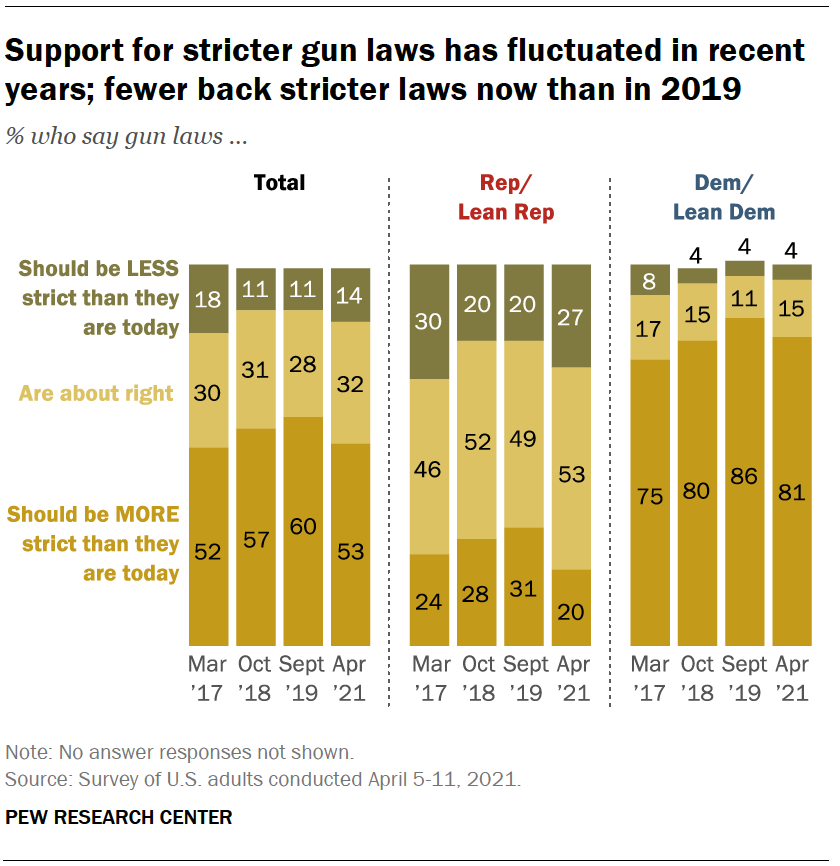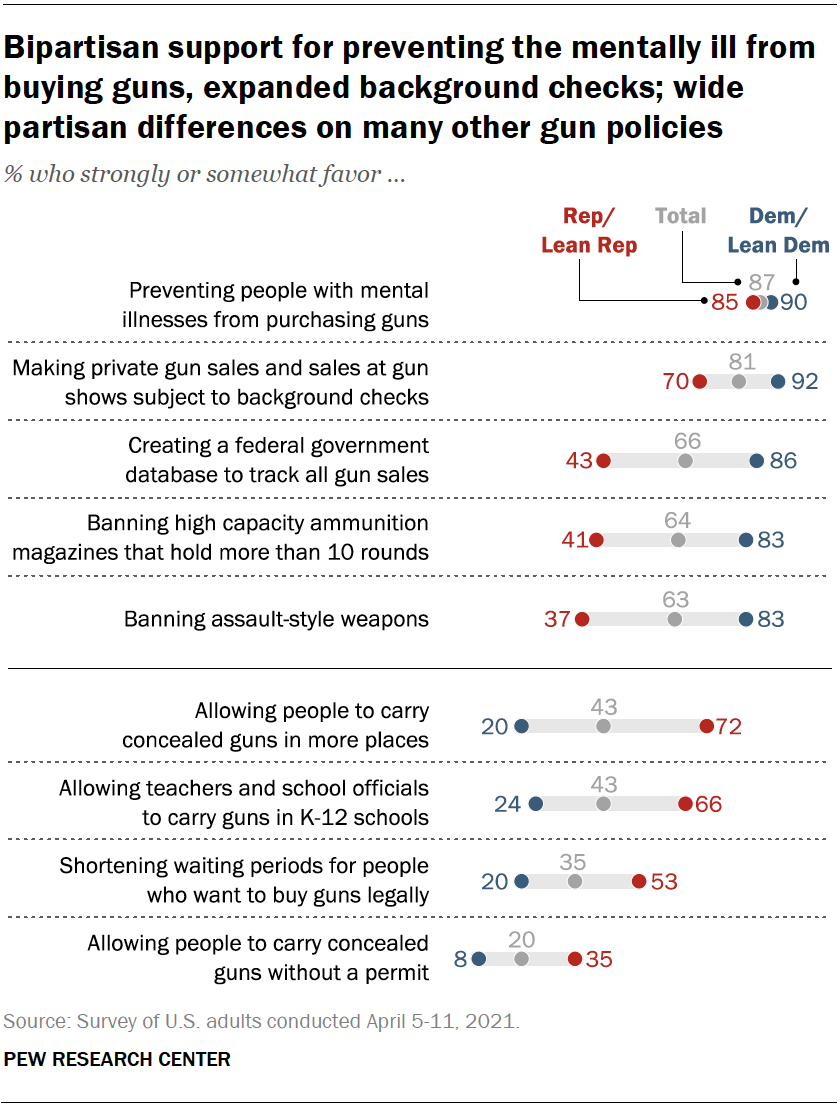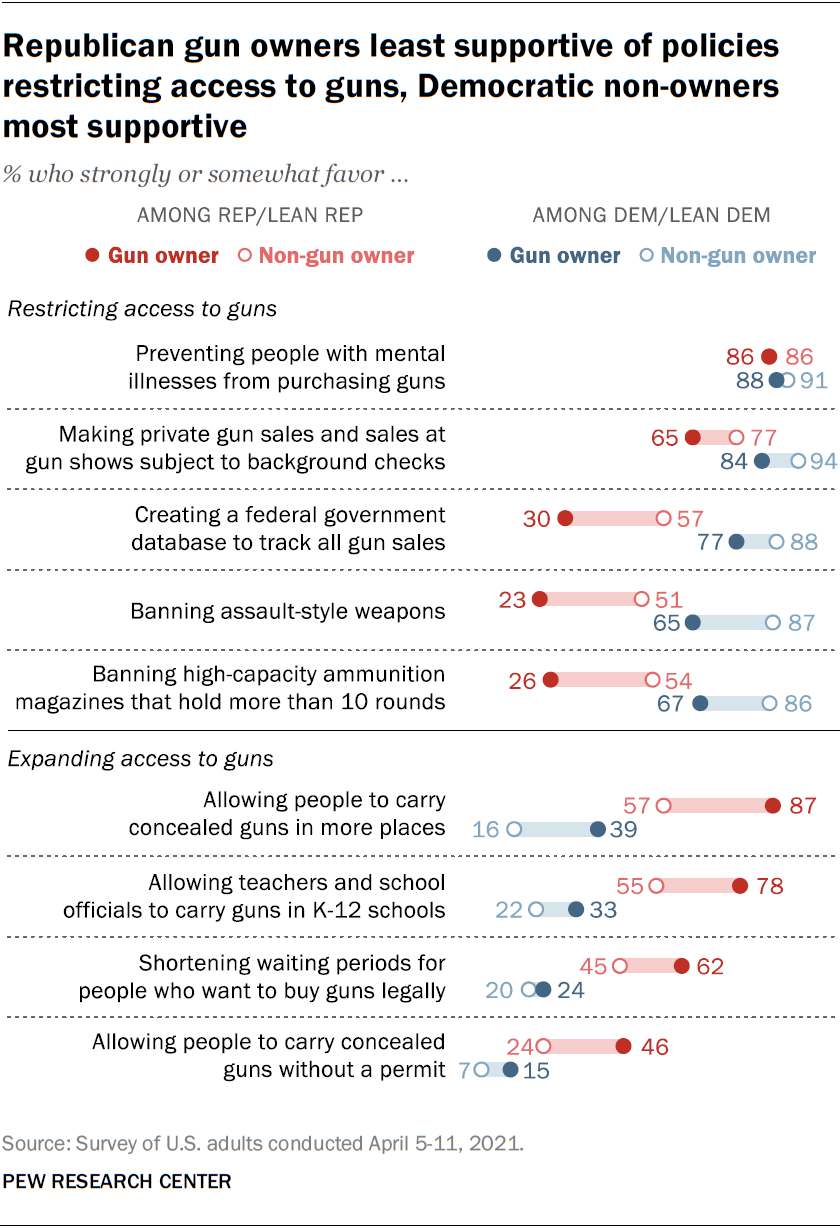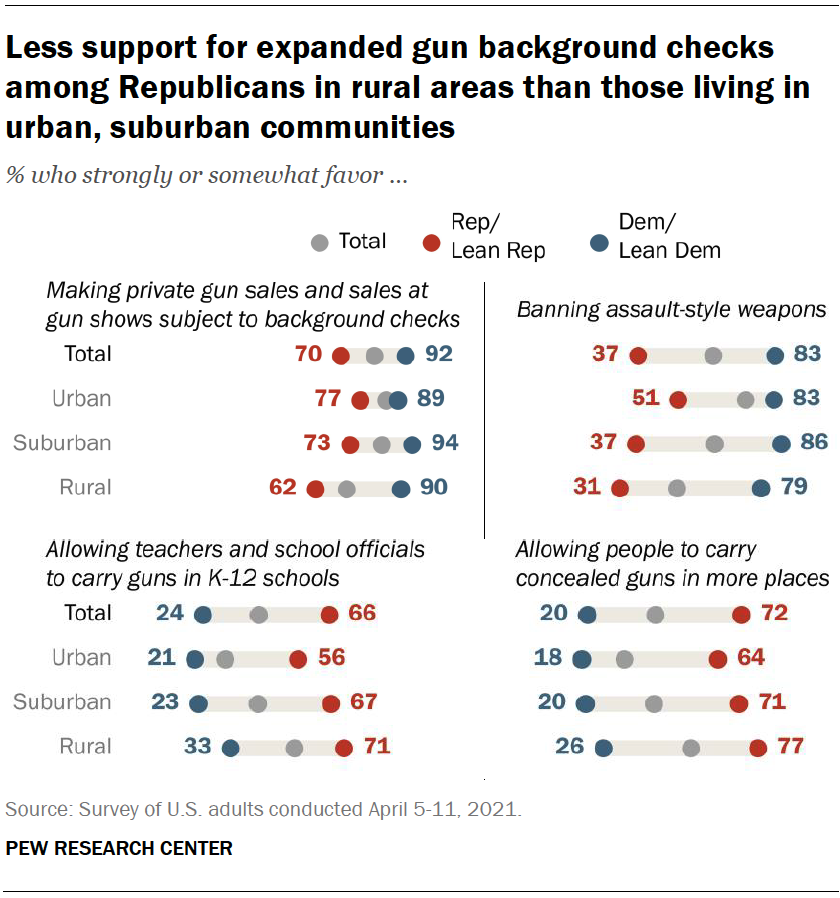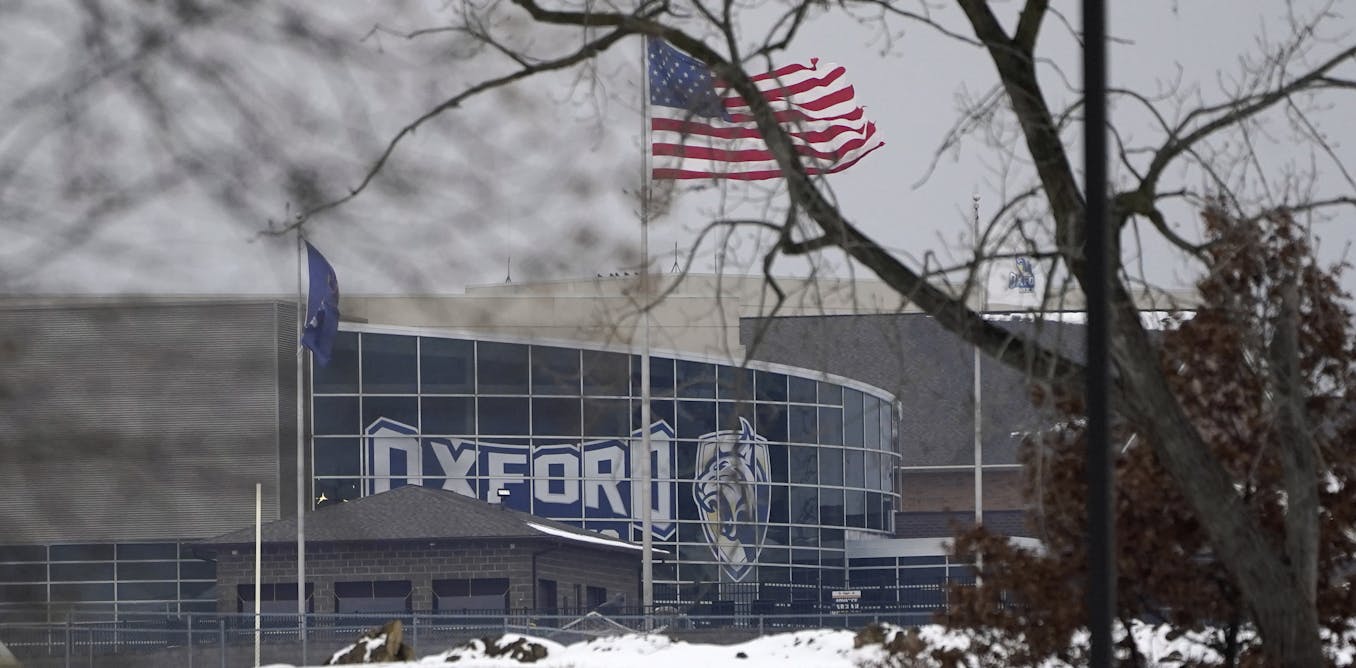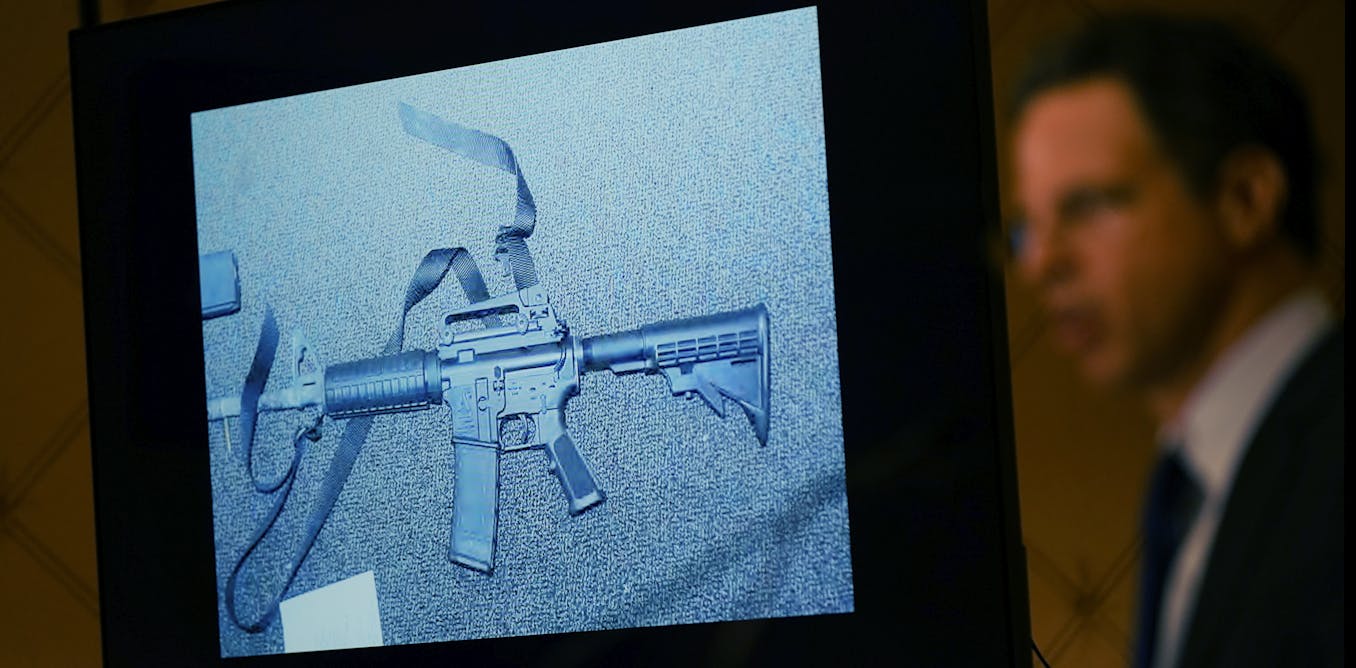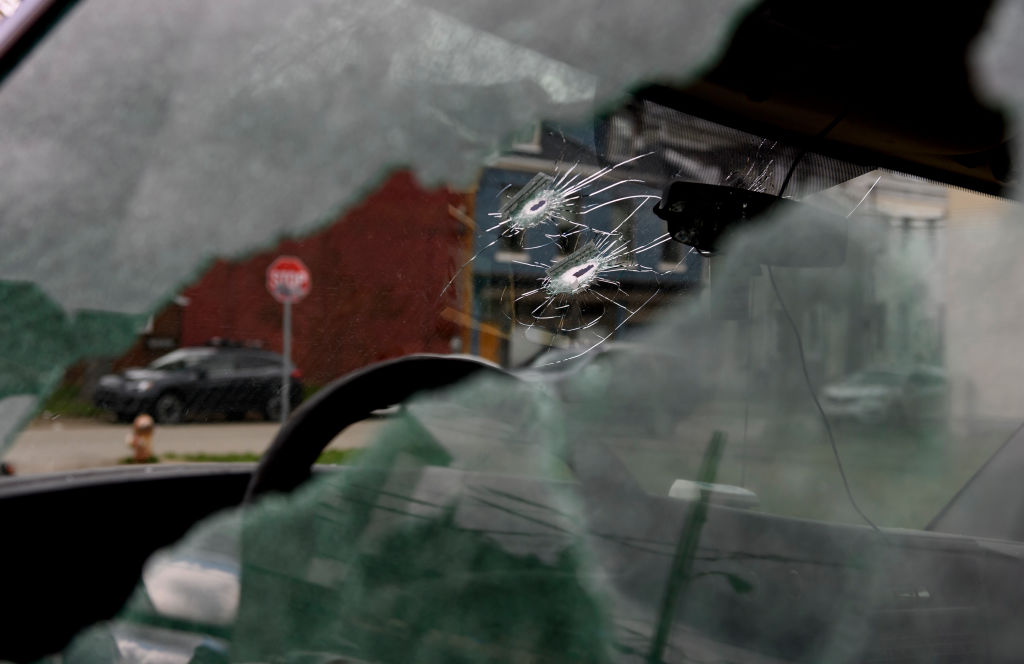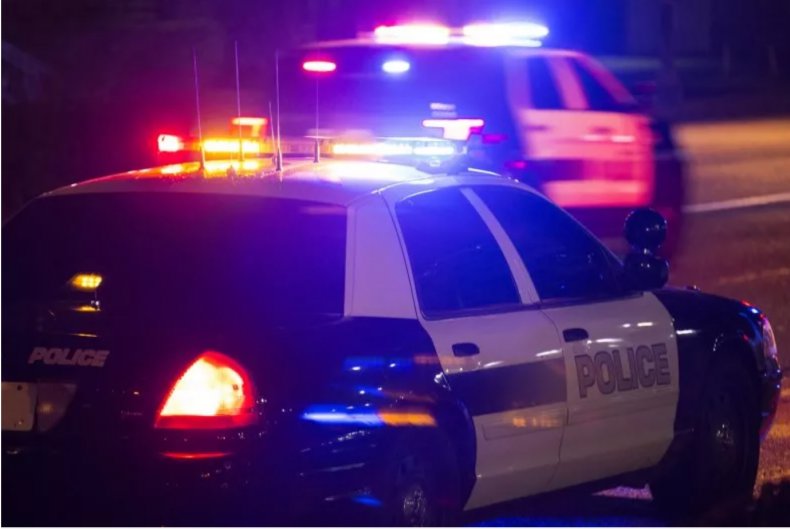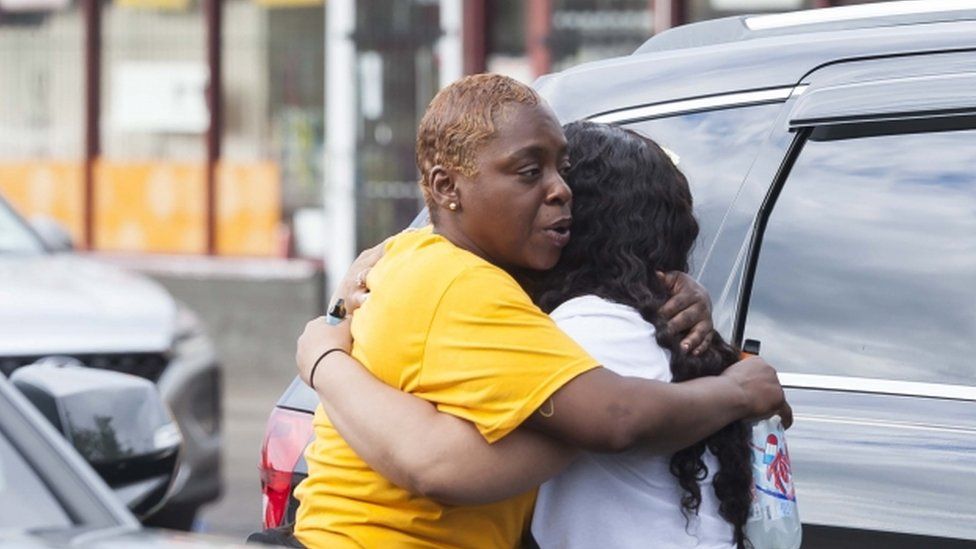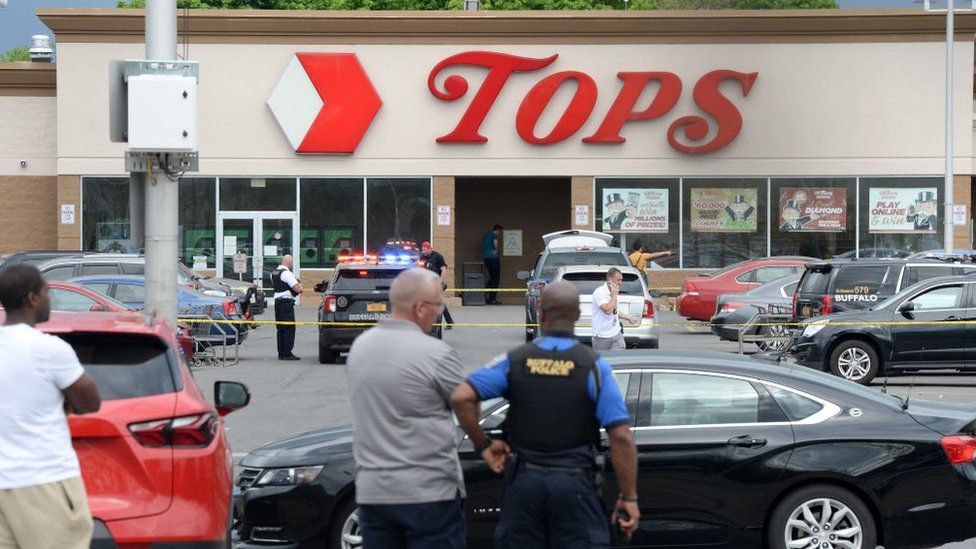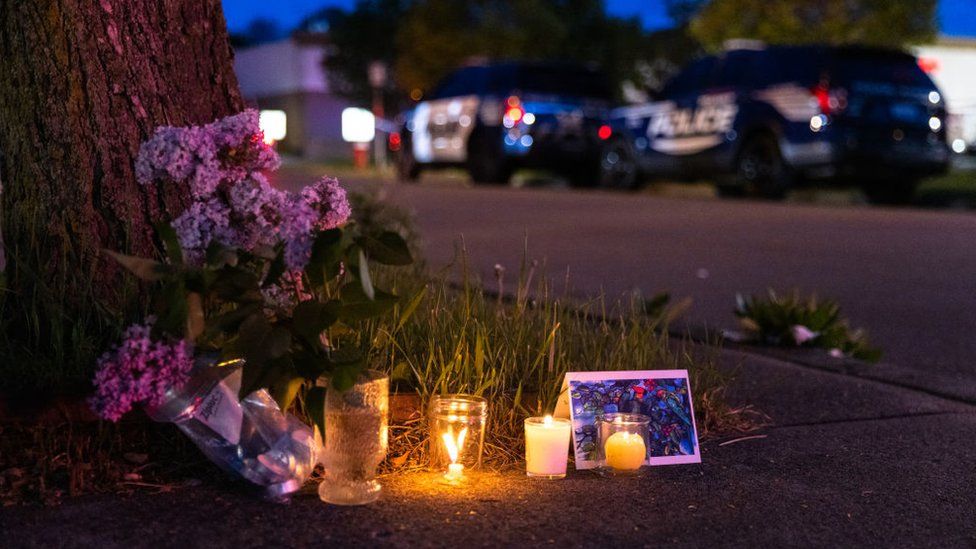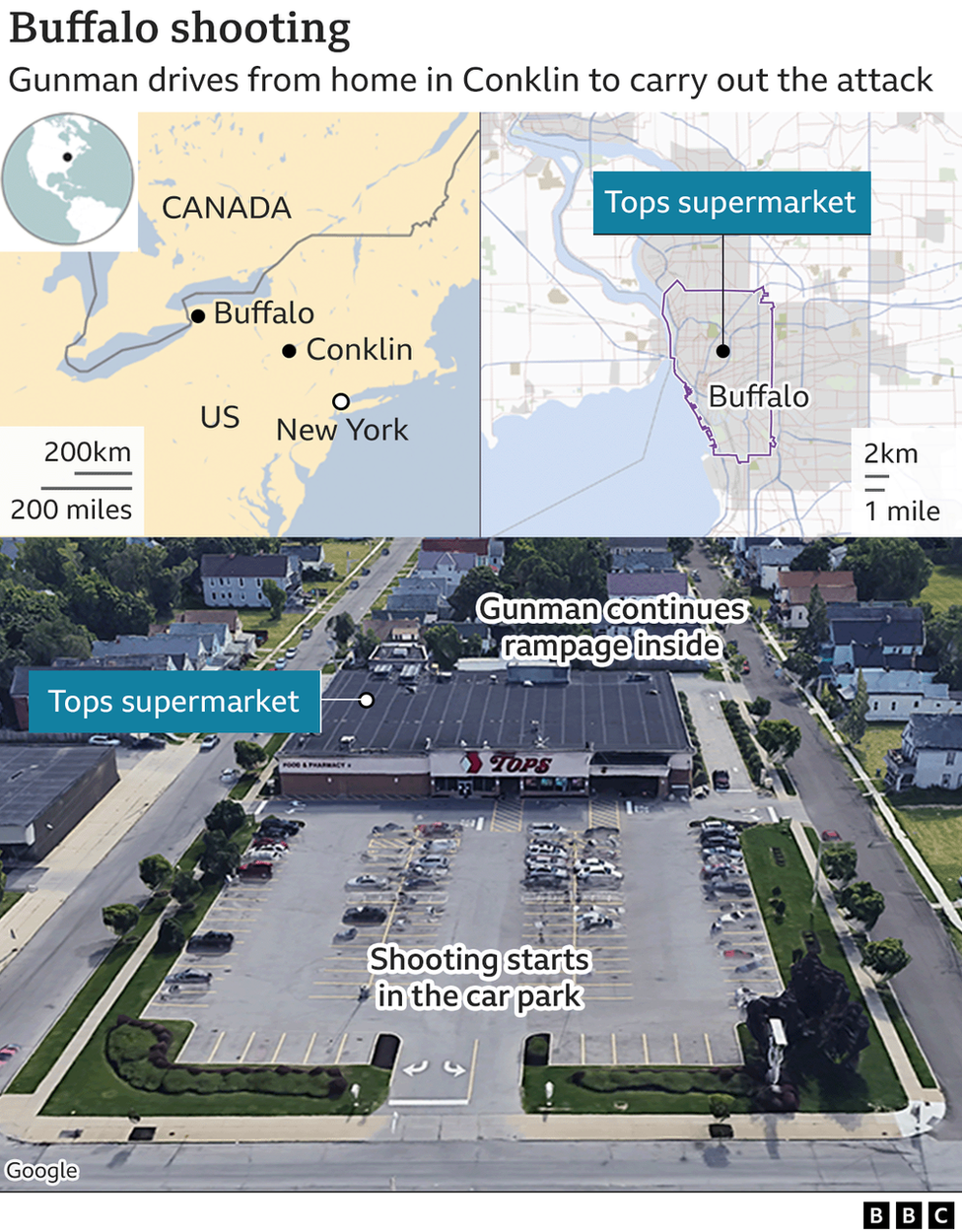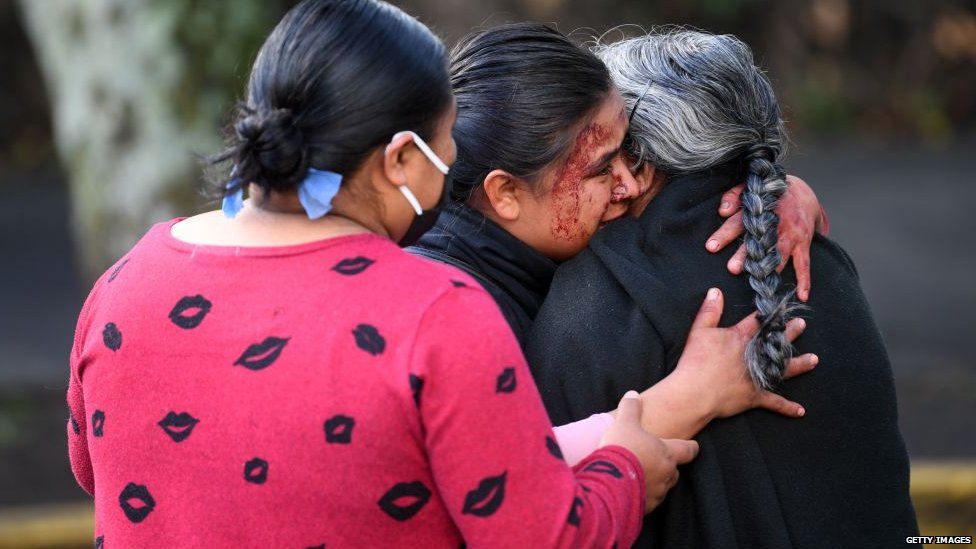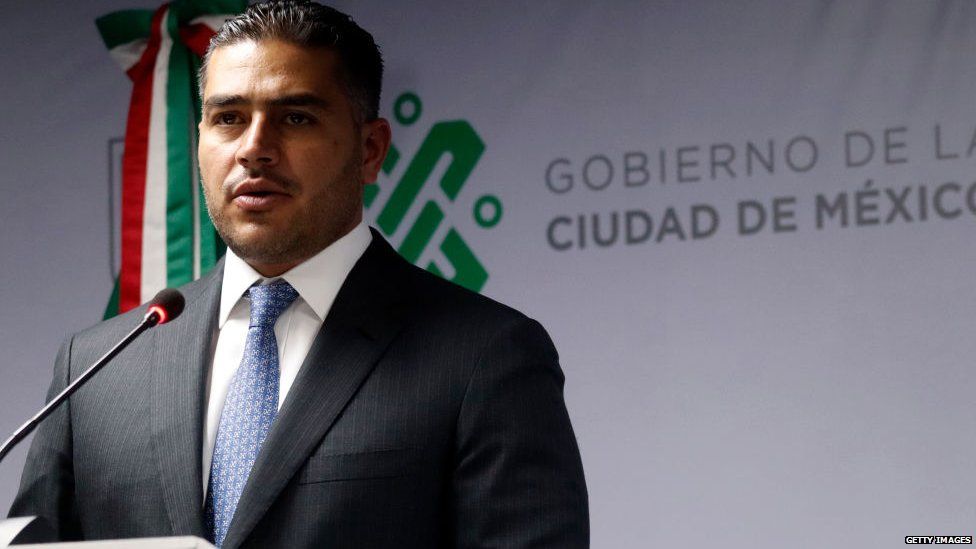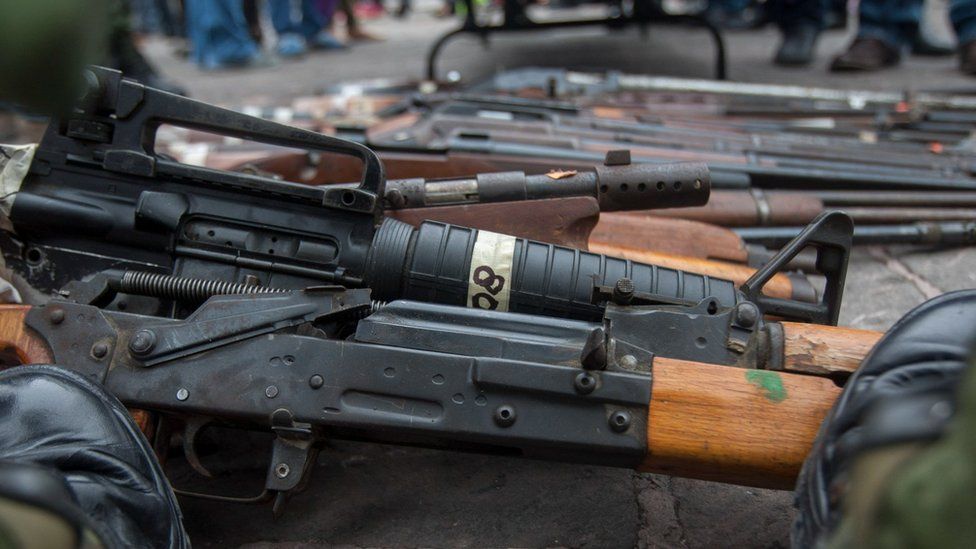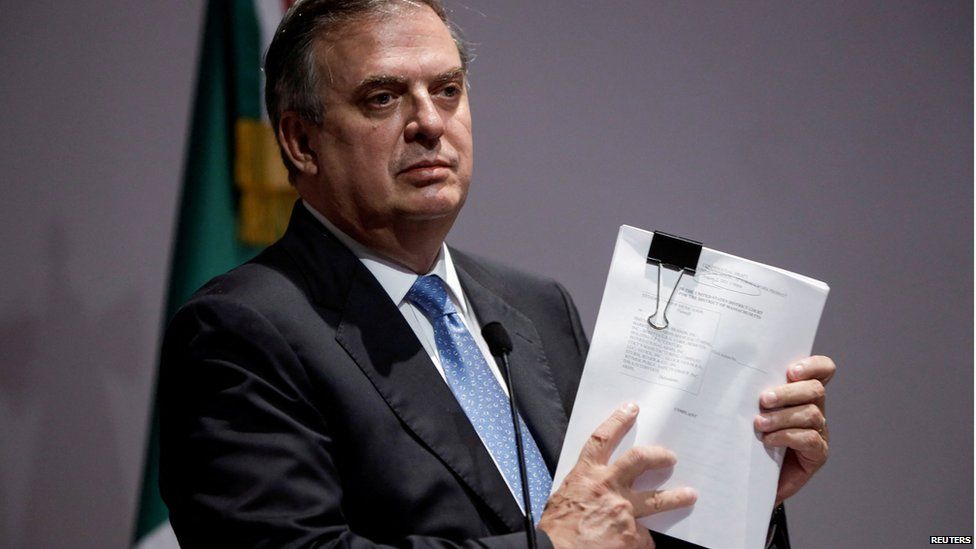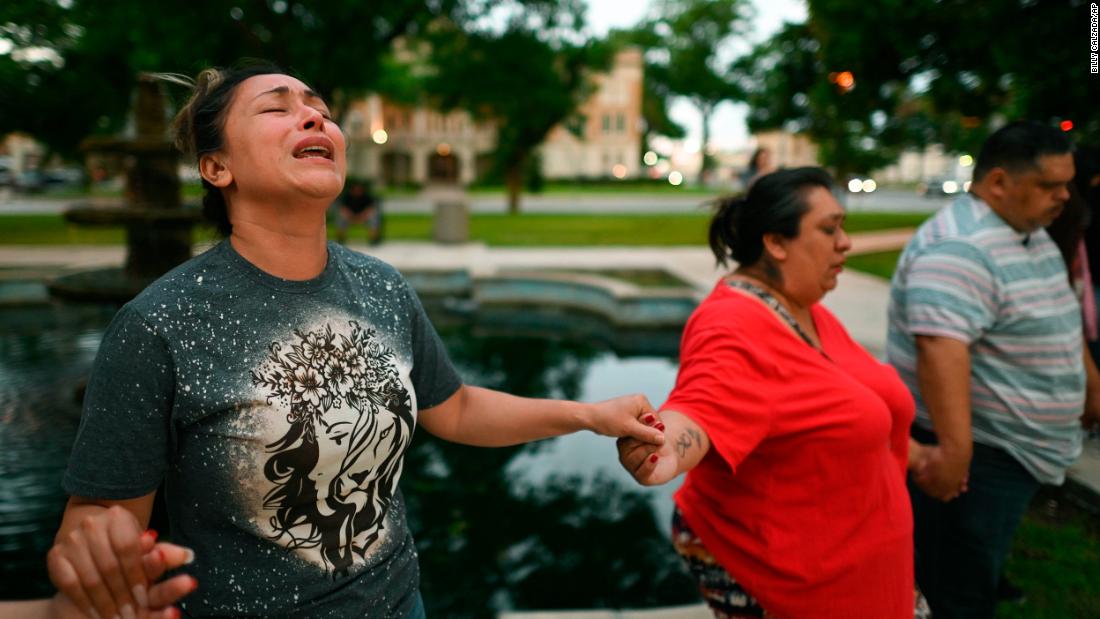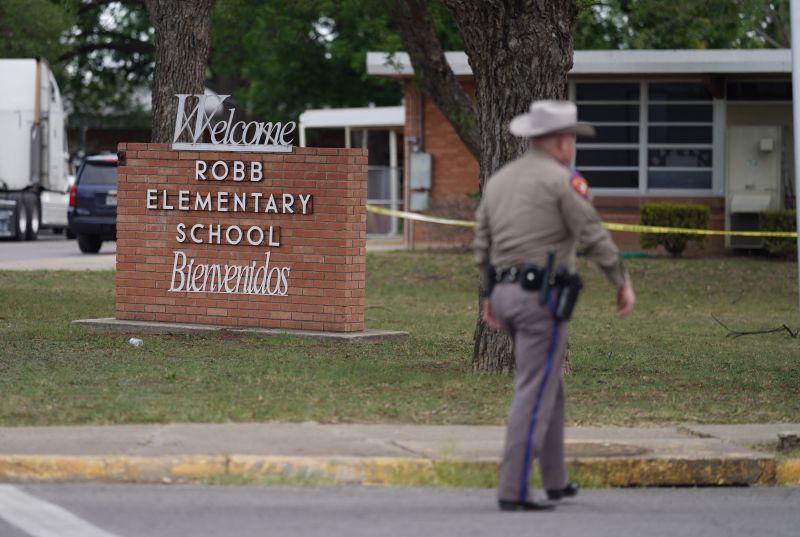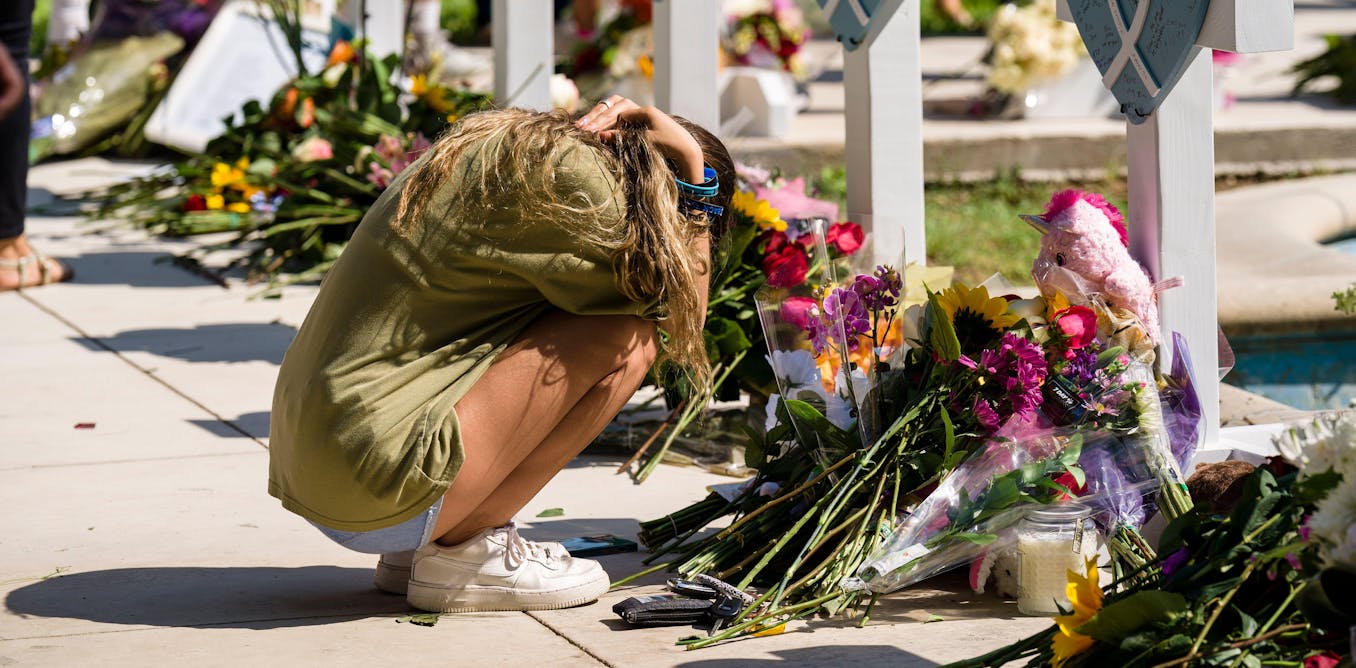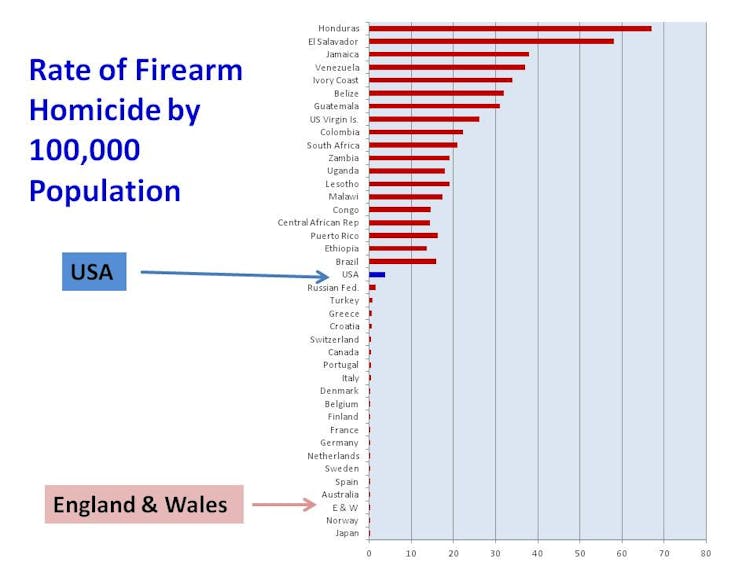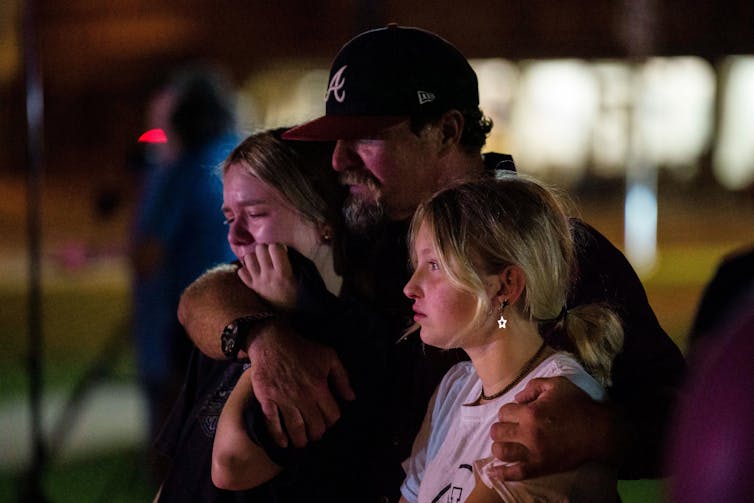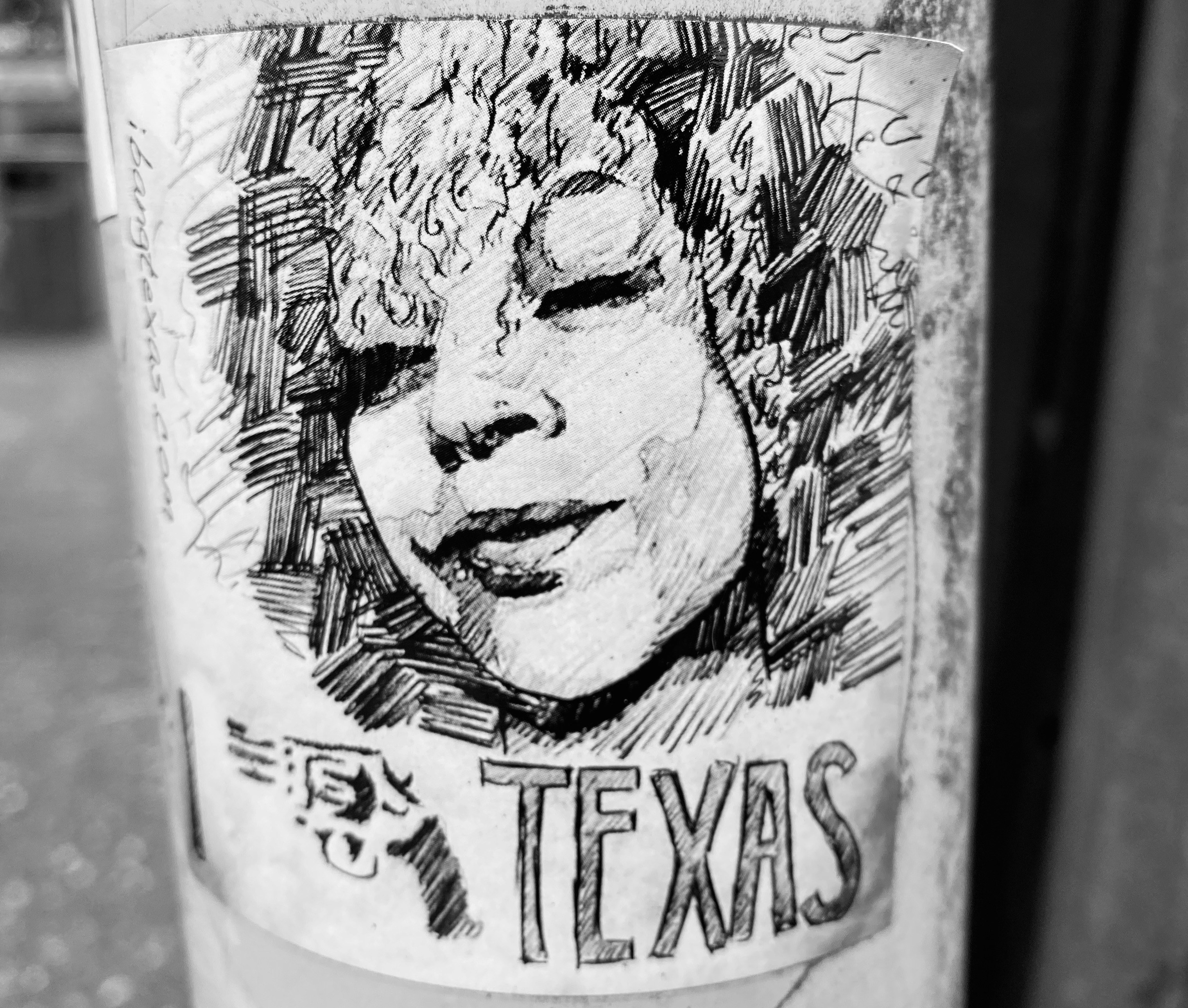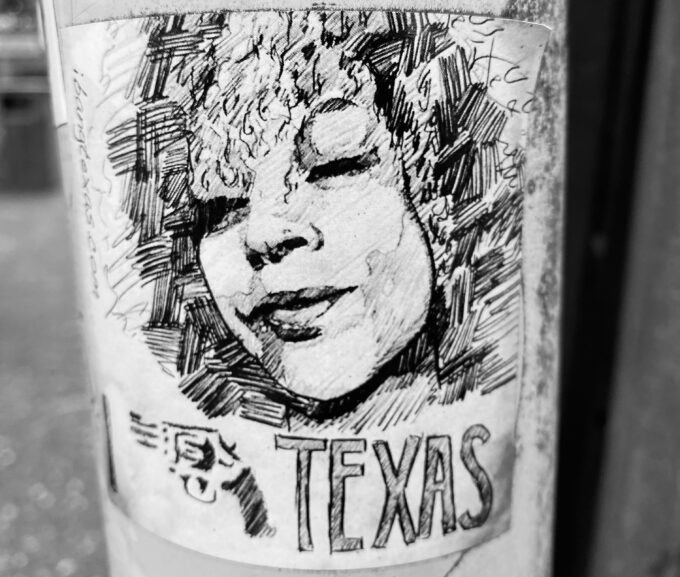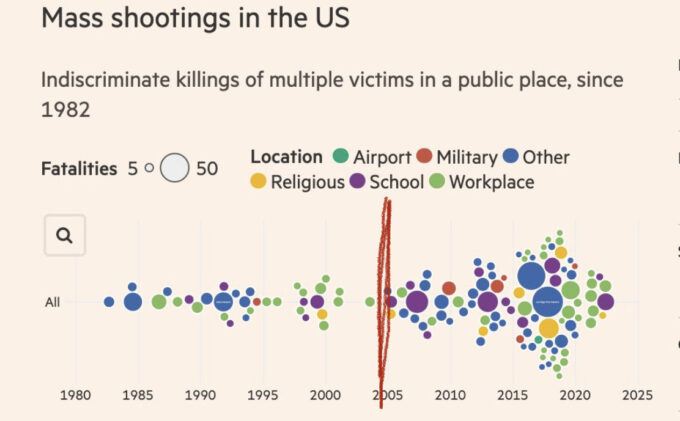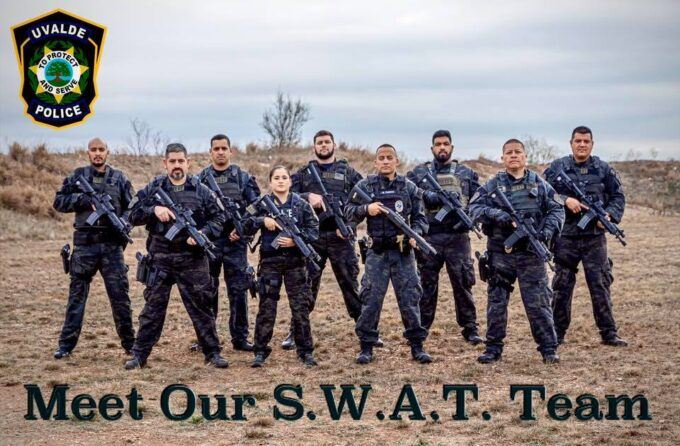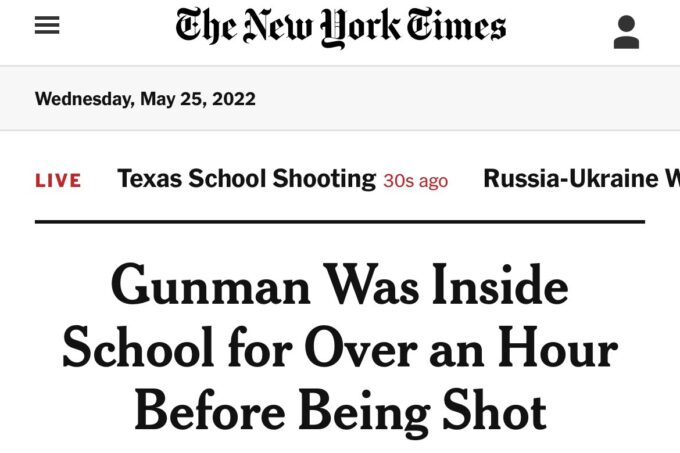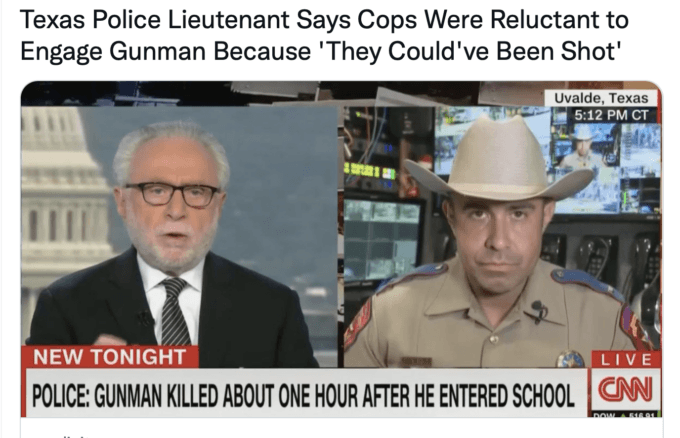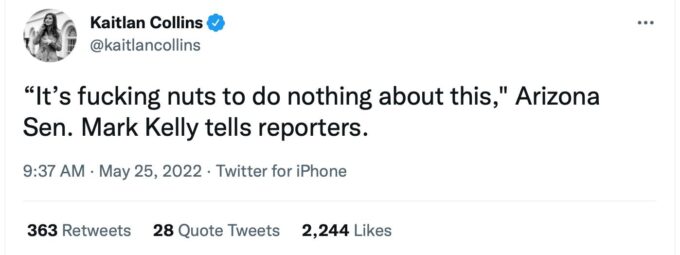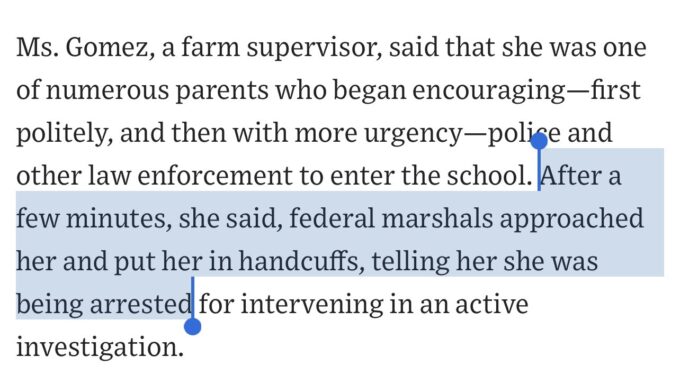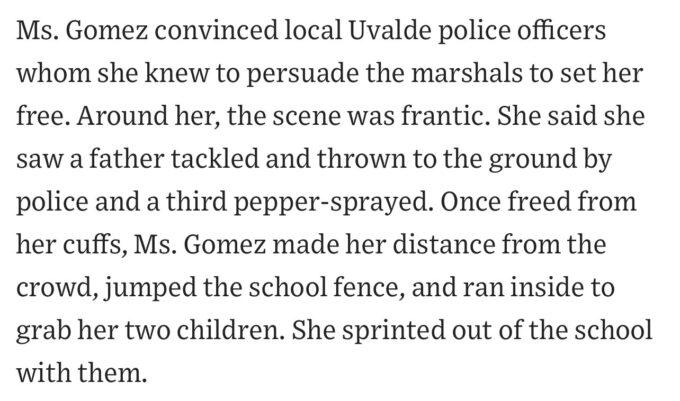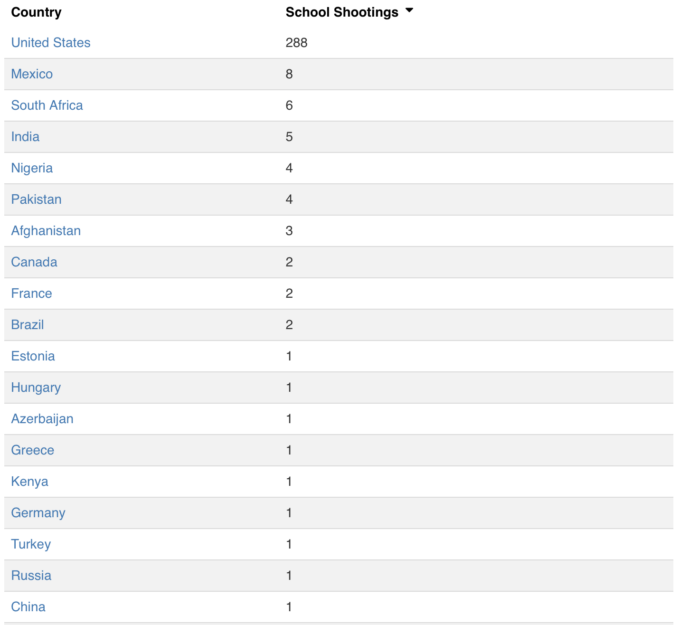A lawsuit says US firearms manufacturers are responsible for the "flood" of illegal guns into Mexico.

www.bbc.co.uk
Mexico's fight to sue US gun manufacturers for $10bn
Bystanders mourn after witnessing the attack on Omar Garcia Harfuch, injuring him and killing three
Mexico claims that half a million guns flow south from the US every year. Can a lawsuit against American gun manufacturers stem the tide?
Just before sunrise on a warm Friday morning in June 2020, gunmen were waiting for Omar Garcia Harfuch, the city's then 38-year-old security head, in Mexico City's upscale Lomas de Chapultepec neighbourhood.
What happened next would be captured on CCTV and the mobile phone cameras of terrified onlookers: the rat-a-tat-tat of bullets as dozens of heavily armed gunmen, some dressed as road workers, blocked his path with a truck and opened fire.
"At that moment I knew we had been ambushed," Mr Harfuch later told Spain's El País newspaper. "Then I felt the first shot come through the windscreen".
By the time the ensuing firefight was over, he had been shot three times. Three others - two bodyguards and an innocent woman selling snacks nearby - lay dead.
The location and the prominent target of the ambush were notable anomalies in Mexico's bloody drug war.
But the weapons recovered afterward were not: Barrett 50-calibre sniper rifles, pistols and military assault weapons. All are produced and sold by US-based gun manufacturers.
The attack against Mr Harfuch, along with hundreds of other incidents, now form a key part of a lawsuit brought by the Mexican government against US-based gunmakers and wholesalers, including Smith & Wesson, Beretta, Colt, Glock and Ruger.
Omar Garcia Harfuch, then the minister of security for Mexico City, was ambushed in a violent gunfire attack in 2020
The lawsuit, filed in a federal courthouse in Massachusetts - where several of the companies are based - argues that the "flood" of illegal guns in Mexico "is the foreseeable result of the defendants' deliberate actions and business practices".
The companies have argued that Mexico cannot prove that the violence detailed in the lawsuit is their fault, and have claimed US law shields them from liability over the misuse of their products.
Oral arguments are being heard in court this week from both sides for a judge to decide whether the case can continue.
Though experts are doubtful that the lawsuit will achieve its primary aims - $10bn in damages, an end to "inflammatory" marketing practices allegedly appealing to criminals and requirements for "smart" safety technology - it has already been a publicity coup for the Mexican government.
More than a dozen US states - including California and New York - have expressed their support for the Mexican government's case, as have lawyers representing Antigua and Barbuda and Belize.
The case is shining a light on an issue Mexico says has long been ignored by the manufacturers and most Americans.
"This doesn't just affect Mexico," Guillaume Michel, head of legal affairs at Mexico's embassy in Washington, told the BBC. "It also has consequences for the US."
A cross-border problem
For those on the frontlines of Mexico's drug war, the ubiquity of American-made weapons flowing across the border has long been a problem. Mexican police say that criminals and gangs in US border towns have ready access to weapons purchased and smuggled across the border.
"The security measures implemented on the border are almost a joke," said Ed Calderon, a former police officer in Tijuana, just across from California, and an expert on Mexico's criminal underworld.
"The border is porous," he said. "People - it could even be old women and men - walk or drive across the border on a daily basis and can amass a stockpile that would rival any Texas gun show. It's easy to get a gun or rifle in Mexico."
Mexico's National Guard - which is largely responsible for stemming the flow of weapons into Mexico - could not be reached for comment. Mexican officials at various levels of government, however, have repeatedly vowed to clamp down on the flow of weapons coming across the border, referring to the effort as a "national priority".
These efforts occasionally net large quantities of weapons and lead to arrests. Between 1 January 2019 and January 2021 alone, Mexico's Milenio Televisión reported that 1,585 people were detained for weapons trafficking, over 90% of whom were US citizens.
In the same time frame, official data compiled by Stop US Arms to Mexico - a project aimed at reducing illegal weapons in the country - shows that 11,613 weapons were seized by the army, a small fraction of what is believed to be on Mexico's streets.
A single raid in early March this year near the US border saw authorities discover over 150 guns and almost three million rounds of ammunition from a suspected cartel stash house.
Mexico says illegally trafficked guns are linked to thousands of deaths in the country
Criminal groups' arsenals, Mr Calderon said, are often comparable to those of the Mexican military and leave the local police forces hopelessly outgunned.
"It's horrible for morale," he said. "I've met municipal police officers that have more combat experience than any special forces. But there's a feeling of abandonment, of not having what they need."
Echoing court documents filed by the Mexican government, Mr Calderon claims that many US weapons are sold with decorations and features made to the tastes of Mexican cartel members, such as gold-plated AK-47s or pistols with engravings depicting well-known 'Narco Saints' or Santa Muerte, a Mexican folk saint of death. These decorations are often the work of US-based private sellers who he claims cater specifically to the Mexican criminal underworld, and those who hope to imitate it.
"They're openly for sale," he said. "It's a status symbol within certain elements of cartels - like a badge of honour."
There is also no law in the US that would make selling weapons with such decorations a crime, leading some experts to cast doubt on this aspect of Mexico's claim that the manufacturers could be held liable.
Mexican officials say that the vastly different firearms regulations of the two North American neighbours are a root cause of the problem.
Mexico is home to exactly one gun shop, a fortress-like structure in a Mexico City military complex that requires buyers to provide mountains of paperwork and submit to exhaustive background checks that can take months.
Extremely restrictive gun laws require guns to be registered with the federal government and limits their type and calibre.
But north of the border, getting a gun is far easier. Mexican officials believe that a large portion of southern-bound weapons are bought legally by 'straw buyers', who then unlawfully pass them to criminals
In other cases, guns are bought "off paper" from private vendors at gun shows in states such as Texas or Arizona, circumventing background checks.
Mexican officials argue that the steady flow of weapons from these sources is a primary driver of violence in their country, where an estimated 33,000 people were murdered in 2021 alone.
"This is all illicit traffic," Mr Michel said. "There is no commercial, legal mechanism that would allow such amounts of weapons to be brought into Mexico."
The Mexican government's efforts have become yet one more thread to become entangled in the US gun debate, where a politically engaged minority - gun owners and gun rights supporters - have clashed for decades with activists pushing for tighter restrictions on ownership and purchasing rules.
Gun rights activists, backed by a powerful firearms lobby, argue that restrictions violate the Second Amendment of the US Constitution, which gives citizens the right to own and bear guns.
Lawyers for the manufacturers and prominent members of the US gun lobby have explicitly linked Mexico's lawsuit to Americans' constitutional rights.
"It is not up to the Mexican government to decide how firearms are lawfully sold in the United States, particularly when American citizens have a fundamental constitutional right," said Lawrence Keane, the senior vice-president and general counsel of the National Shooting Sports Foundation, a trade group that represents the US firearms industry.
"It is the lawful commerce of firearms that make the exercise of that right for Americans possible," he added.
Mr Keane rejected Mexico's claims that the manufacturers can be held responsible for violence in Mexico.
Its government "should be in a Mexican courtroom, seeking justice and trying to bring these cartels to justice", he said.
"Not filing a frivolous lawsuit in a US federal court, trying to blame law-abiding manufacturers for their failure to protect their citizens."
Mexican officials insist that they aren't seeking a review of the Second Amendment or calling into question Americans' rights to buy and own guns.
The lawsuit is about seeking recourse for "the negligent practices of these companies", Mr Michel said.
None of the companies named in the lawsuit responded to the BBC's requests for comment.
A PR win?
Experts admit that the chances of legal success are small - but the lawsuit is important nonetheless for its symbolism.
"It sends a signal that business as usual is over," Arturo Sarukhan, Mexico's ambassador in Washington from 2007-13, told the BBC.
Ioan Grillo, a Mexico-based British author of Blood Gun Money: How America Arms Gangs and Cartels, agreed.
Mr Grillo, whose work is cited in court documents, said that he's seen more publicity about US-trafficked arms in the last several months than he had in the two decades he's covered Mexico.
"It kind of pushes this on the agenda," he said, so the issue is "not as simple as winning or losing" in court.
"When there's a lawsuit like this, it starts to push and change the parameters. Already, the gun companies are going to have to try and defend themselves," Mr Grillo said. "It starts a back and forth and forces them to start having to look at this stuff. They can't just ignore it".
Mexican Foreign Minister Marcelo Ebrard announces lawsuit
Mr Calderon, the former Tijuana policeman, was not impressed with the perceived public relations victory, however.
"I don't see it actually doing anything other than political points for either side," he said. "The government of Mexico has a big responsibility for policing its own border. They'll militarise the border when a migrant caravan comes through, but they do nothing to stop thousands of rounds of ammunition and thousands of rifles moving north to south. I don't think anyone actually cares about that."
And the vast quantity of firearms already in Mexico may mean that little can be done to stem the violence, said Alejandro Hope, a former Mexican intelligence official.
"There are already maybe 15 million small arms in private hands in Mexico," he said. "Even if tomorrow we completely stopped the flow of arms, there's already enough guns around to maintain a high level of violence."
"I'm very sceptical that this can be controlled on the supply side," Mr Hope said. "I doubt there would be any short-term impact."
But, at least, he said, "it shows the cost that weapons trafficking has on Mexico".
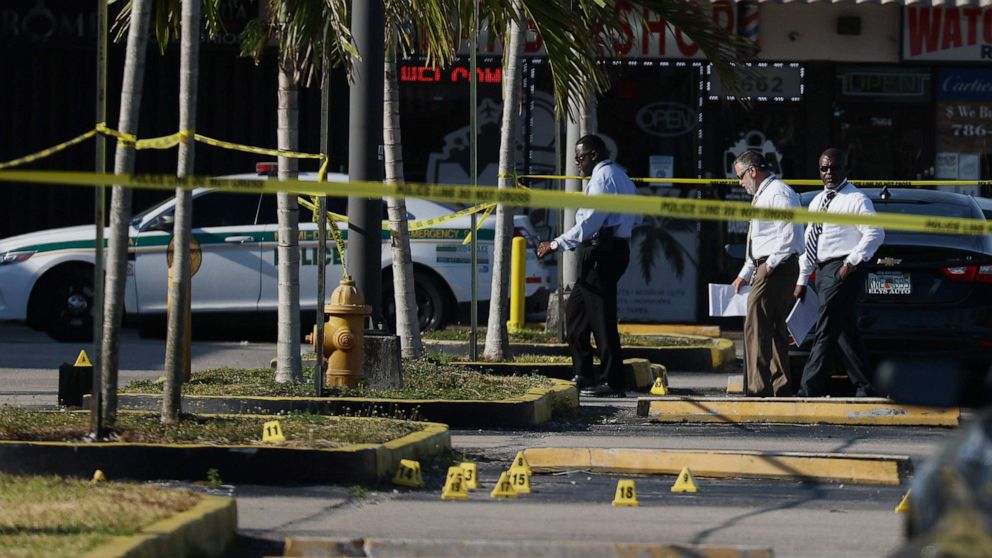

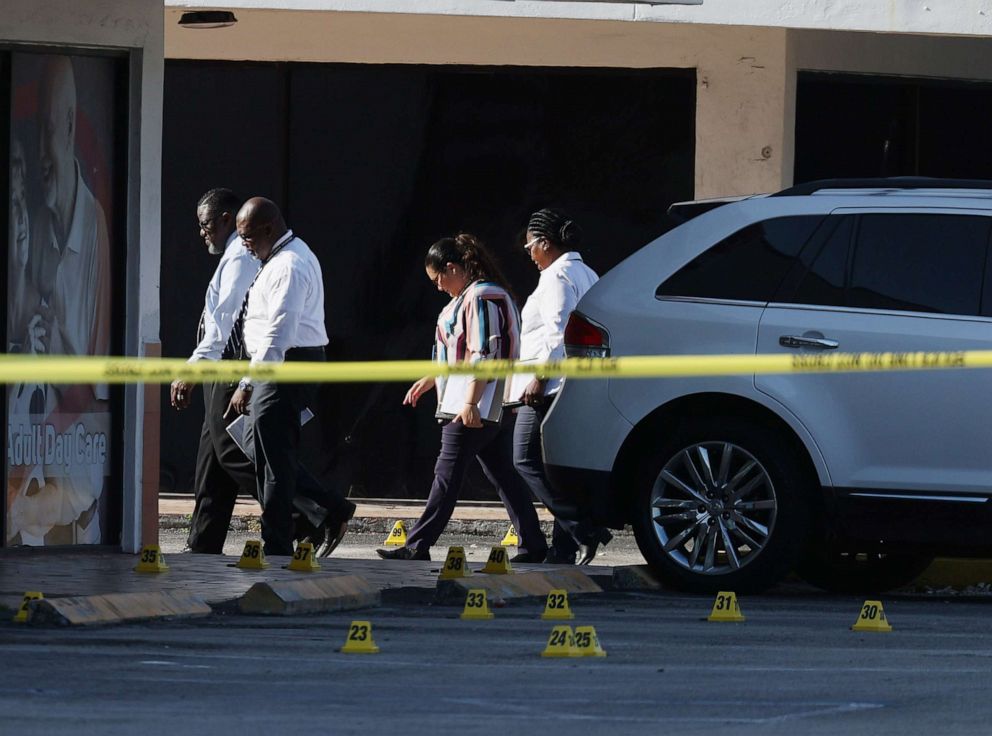

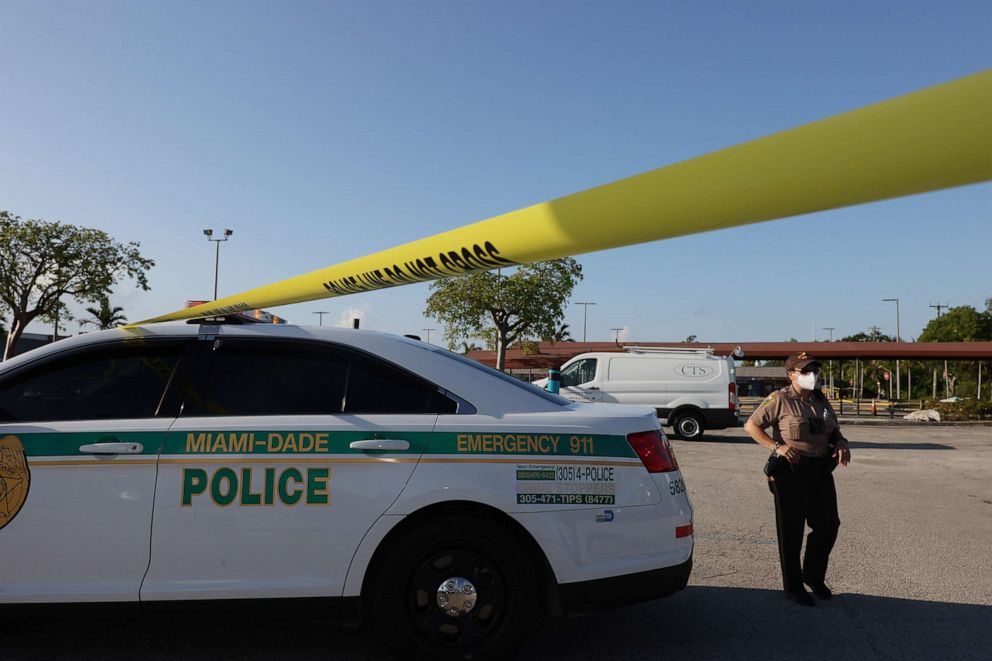



 All four, including the driver, are going down for life, fuck parole.
All four, including the driver, are going down for life, fuck parole. 

